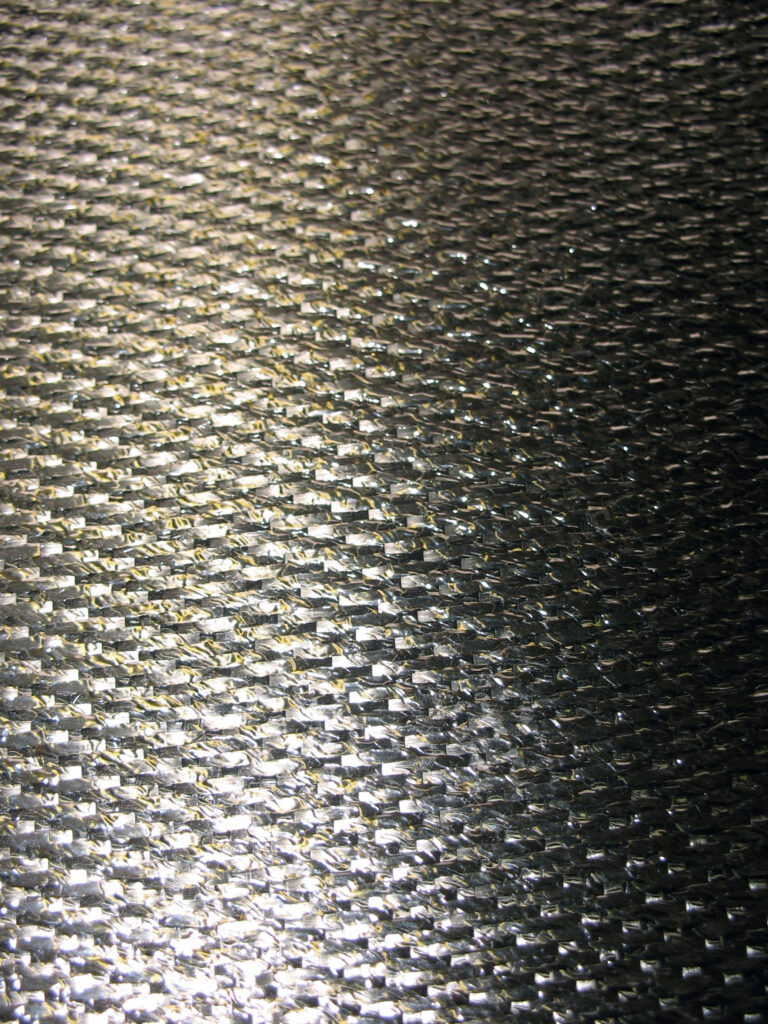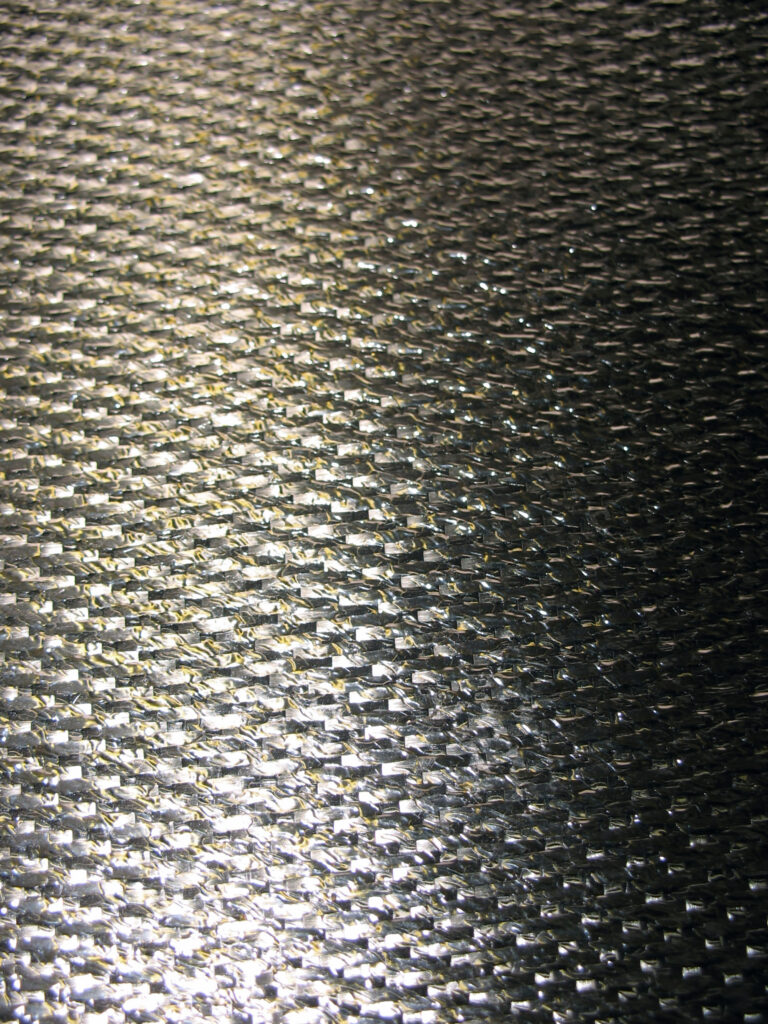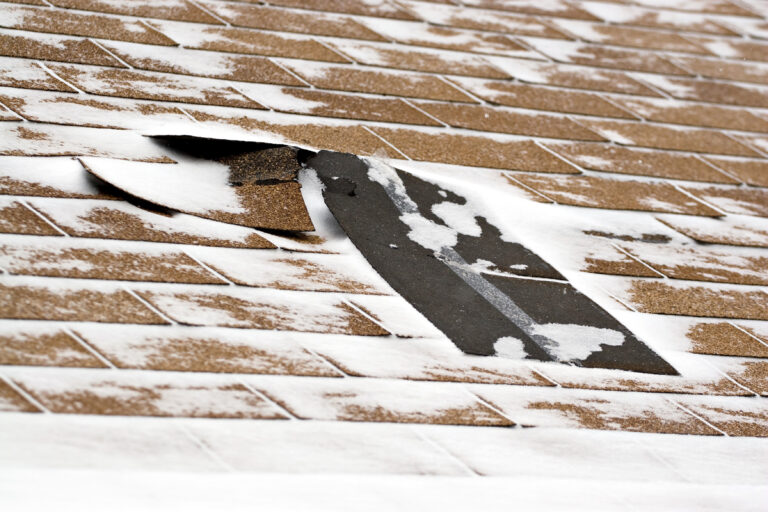The Hidden Dangers of Mold: How It Affects Your Health and What You Can Do About It
Mold is a type of fungus that grows in damp, dark places. While it’s not always visible to the naked eye, mold can be present in your home or workplace without you even realizing it. And while some people may not experience any symptoms from exposure to mold, others can suffer serious health effects. In this blog post, we’ll explore the hidden dangers of mold exposure, its symptoms, and what you can do to prevent it from growing in your home.
Introduction to Mold and Its Health Effects
Molds are part of the natural environment, and they can be found almost anywhere. They grow best in warm, damp, and humid conditions, which means they thrive in areas like bathrooms, kitchens, basements, and attics. When mold spores land on a surface that provides enough moisture, such as wood, paper, or carpet, they begin to grow and multiply.
While most types of mold aren’t dangerous, there are certain species that can cause health problems for humans and animals. Exposure to mold can trigger allergic reactions, asthma attacks, respiratory infections, and other illnesses. People with weakened immune systems, such as infants, elderly individuals, and those with chronic medical conditions, are particularly at risk.
The Hidden Dangers of Mold Exposure
One of the biggest risks associated with mold exposure is its ability to produce mycotoxins. These are toxic chemical compounds produced by certain types of mold, and they can have serious health consequences when ingested or inhaled. Mycotoxins can cause a range of symptoms, including headaches, fatigue, digestive issues, and even neurological damage.

Another danger of mold exposure is the potential for fungal infections. Certain types of mold can enter the body through cuts or abrasions, leading to skin or respiratory infections. Additionally, mold exposure has been linked to an increased risk of developing lung cancer and cardiovascular disease.
Symptoms of Mold Exposure and Their Treatment
The symptoms of mold exposure can vary depending on the individual and the severity of their exposure. Common signs include coughing, sneezing, runny nose, congestion, wheezing, chest tightness, shortness of breath, and fatigue. Some people may also experience rashes, hives, or other skin irritations.
Treating mold-related symptoms typically involves managing the underlying condition, such as asthma or allergy medication. However, if left untreated, mold exposure can lead to more severe health problems, so it’s essential to seek medical attention if you suspect you’ve been exposed.
Preventing Mold Growth in Your Home
The key to preventing mold growth in your home is to control excess moisture. This includes fixing leaks, improving ventilation, using dehumidifiers, and ensuring proper insulation. Additionally, cleaning up any water or flood damage immediately can help prevent mold from taking root. Regularly cleaning surfaces where mold tends to grow, such as showers and windowsills, can also reduce the likelihood of mold growth.
In conclusion, mold exposure can pose significant health risks, especially for vulnerable populations. By understanding the hidden dangers of mold and taking steps to prevent its growth in your home, you can protect yourself and your family from unnecessary harm.






